The ZTE Axon 30 Ultra Review - Something Surprisingly Different
by Andrei Frumusanu on July 30, 2021 8:00 AM EST- Posted in
- Mobile
- Smartphones
- ZTE
- Axon 30 Ultra
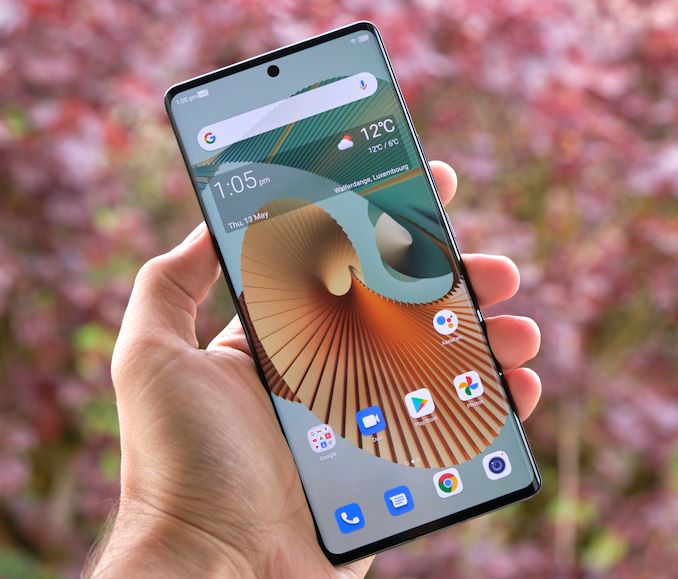
Today, we’re taking a closer look at a somewhat particular device, the new ZTE Axon 30 Ultra. The phone had been launched in the US back in early June, a fact that is alone somewhat remarkable for the relatively more restrictive North American market. While ZTE over the last few years had taken a more subdued position in the mobile market, in particular having a large set-back with US regulators back in 2018, this year it seems the company is back on track and providing products as interesting as ever.
The Axon 30 Ultra is quite a departure from past ZTE devices: particularly on the product positioning, design, and features of the phone. Featuring a new flagship Snapdragon 888 chip, it’s a larger step-up from the premium range Axon 20 5G. Featuring the “Ultra” denomination ZTE here is also trying to mimic the Samsung flagship device naming, although while the Axon 30 Ultra doesn’t really feature every single specification deemed worthy of an “Ultra” name, it also comes at a vastly more reduced price point of $749 – a price point that is particularly more interesting for US readers given the sheer lack of alternatives in the market.
| ZTE Axon 30 Ultra | |||
| Axon 30 Ultra | |||
| SoC | Qualcomm Snapdragon 888 1x Cortex-X1 @ 2.84GHz 3x Cortex-A78 @ 2.42GHz 4x Cortex-A55 @ 1.80GHz Adreno 660 @ 840MHz |
||
| DRAM | 8/12 GB LPDDR5 | ||
| Storage | 128/256GB UFS 3.1 | ||
| Display | 6.67" AMOLED 2400 x 1080 (20:9) 144Hz 300Hz Touch |
||
| Size | Height | 161.53 mm | |
| Width | 72.96 mm | ||
| Depth | 8.0 mm | ||
| Weight | 188 grams | ||
| Battery Capacity | 4600mAh 65W charging (PD3.0) |
||
| Wireless Charging | - | ||
| Rear Cameras | |||
| Wide | 64MP IMX686 0.8µm pixels (1.6µm 4:1 16MP) f/1.6 w/OIS 26mm eq. |
||
| Main | 64MP GW3 0.7µm pixels (1.4µm 4:1 16MP) f/1.9 35mm eq. |
||
| Ultra-wide | 64MP GW3 0.7µm pixels (1.4µm 4:1 16MP) f/2.2 13mm eq. |
||
| Telephoto | 8MP f/3.4 w/OIS (Periscope design) 120mm eq. |
||
| Front Camera | 16MP f/2.5 |
||
| I/O | USB-C 3.1 | ||
| Wireless (local) | 802.11ax WiFi-6E Bluetooth 5.2 LE + NFC |
||
| Other Features | Dual Speakers Under-screen optical fingerprint sensor |
||
| Dual-SIM | Dual nanoSIM | ||
| Launch Price | 8GB+128GB: $749 / £649 / €749 12GB+256GB: $849 / £739 / €849 |
||
In terms of specifications, the Axon 30 Ultra features Qualcomm’s Snapdragon 888 which puts the phone in the top-performing flagship category, and we expect the device to largely perform the same as many of the other alternatives in the market. It comes with either 8 or 12GB of LPDDR5 RAM and either 128GB or 256GB of UFS 3.1 storage options – there is no expandable storage available.
The display of the Axon 30 Ultra is both high-performance, but also not quite top of the line as we’ve seen from other vendors. ZTE chose to remain with a lower 2400 x 1080 resolution with the 6.67” display – which is a step below that of other 1440p alternatives such as from Samsung, Xiaomi or OnePlus/OPPO. ZTE however does include high refresh rate and manages to push things up to 144Hz, along with a 300Hz touch sampling rate. It’s somewhat of a similar approach ASUS takes on the ROG phones, and the lower resolution will be more efficient given that it doesn’t feature any newer advanced display technologies.
At 6.67” and a body footprint of 161.5 x 72.96mm, the Axon 30 Ultra is considerably smaller than other “Ultra” phones in the market, and actually fits within what I consider myself a sweet-spot between large screen and still good one-handed device handling.
The phone actually still features a 4600mAh battery which is just a little less than other big phones, however ZTE managed to keep the weight down at a reasonable 188g, again something that I really appreciate and is immediately noticeable when coming from other contemporary phones.
The phone features both curved front display glass as well as a curved back glass which makes for very good ergonomics and the phone feels smaller than it is because of it. It’s still a very “edgy” phone in that the metal frame sticks out a bit on the sides of the phone, and the top and bottom faces are flat – it’s a design aspect that sometimes works and sometimes doesn’t, but in this case, I think it was well implemented and gives the phone a better solid grip.
| ZTE Axon 30 Ultra Cameras | |||||||||
| Optics | Sensor | ||||||||
| 35mm eq. FL |
FoV (H/V/D) |
Aperture | OIS | Resolution | Pixel Pitch |
Pixel Res. |
Sensor Size |
||
| Ultra-Wide | 13.85 | 102.6° 86.4° 114.8° |
f/2.2 | ✗ | 64.2M native (9248 x 6944) 16.0M binned (4624 x 3472) |
0.7µm 1.4µm |
40.0″ 79.9″ |
1 / 1.98" 6.47mm x 4.86mm 31.46mm² |
|
| Main (Wide) | 26.11 | 67.1° 52.9° 79.3° |
f/1.6 | ✓ | 64.2M native (9248 x 6944) 16.0M binned (4624 x 3472) |
0.8µm 1.6µm |
26.1″ 52.2″ |
1 / 1.73" 7.39mm x 5.55mm 41.09mm² |
|
| 2nd Main | 31.45 | 57.7° 44.9° 69.1° |
f/1.9 | ✗ | 64.2M native (9248 x 6944) 16.0M binned (4624 x 3472) |
0.7µm 1.4µm |
22.4″ 44.9″ |
1 / 1.98" 6.47mm x 4.86mm 31.46mm² |
|
| 2nd Telephoto | 123.1 | 16.01° 12.04° 19.94° |
f/4.9 | ✓ | 7.99M native (3264 x 2448) 16.0M scaled (4624 x 3472) |
1.0µm | 17.7″ | 1 / 3.92" 3.26mm x 2.44mm 7.99mm² |
|
The camera setup on the Axon 30 Ultra quite interesting, with a unique camera setup: the ultra-wide, main (wide), and a S21-like secondary wide-angle unit featuring all 64MP sensor, alongside a small periscope telephoto module.
The ultra-wide and the secondary wide-angle feature 64.2MP quad-Bayer sensors that bin down to 16MP in regular shots. These are 0.7µm pixels and thus the sensors aren’t actually that large in terms of their 1/1.98” formats, and we’d generally want to keep them in their binned down mode most of the time. The ultra-wide has 13.85mm eq. optics with f/2.2, while the secondary wide has 31.45mm eq. f/1.9 optics. The latter is quite unusual – it’s similar to the S21’s secondary, but due to the quad-Bayer setup and the lack of OIS, isn’t quite as useful. ZTE calls this a portrait lens, though it’s a quite shorter focal length than what we’re used to for portrait photography.
The main camera is also 64.2MP, though this is a larger sensor with 0.8µm pixels and a 1/1.73” format. It still bins down to 16MP for regular shots, and features OIS with 26.11mm eq. optics with f/1.6 aperture.
Finally, the telephoto module is a tiny 8MP sensor with 1.0µm pixels. As a 1/3.92” format as only 7.99mm² area it’s quite small, but the optics have a long 123.1mm focal length, although the aperture is also dark at f/4.9.
Usually we see vendors employ “dummy” sensors in order to bloat up their camera module count, but here ZTE does employ four functional modules, and that second wide-angle module is definitely interesting in what it tries to achieve.
Generally, the ZTE Axon 30 Ultra comes with excellent build quality that’s exceptionally solid and premium feeling, along with a design that, while not out of the ordinary, is very ergonomic and works well for the phone. Generally it’s also the “smaller” form-factor which makes the device stand out, being a more reasonable 73mm width along with being lighter than the competition.


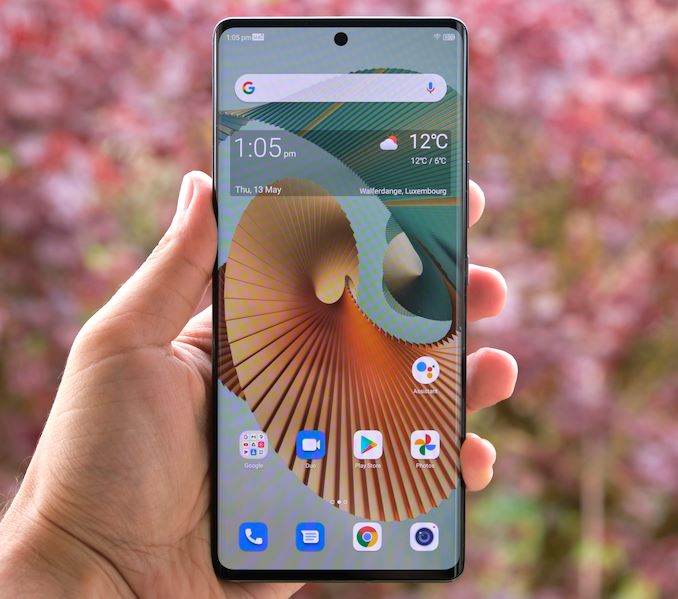
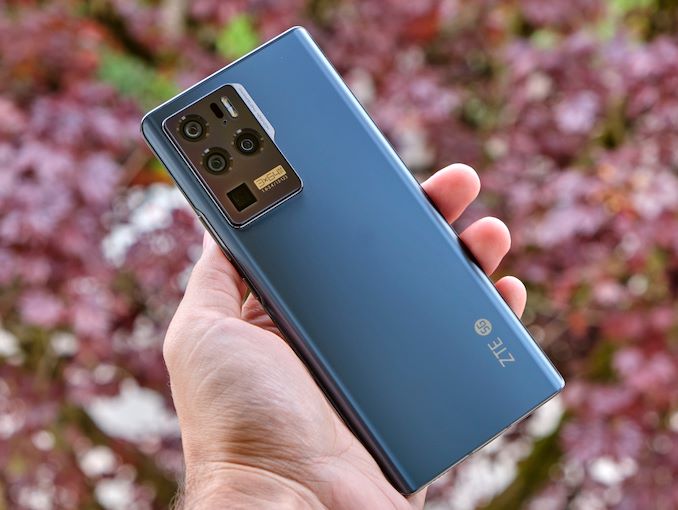
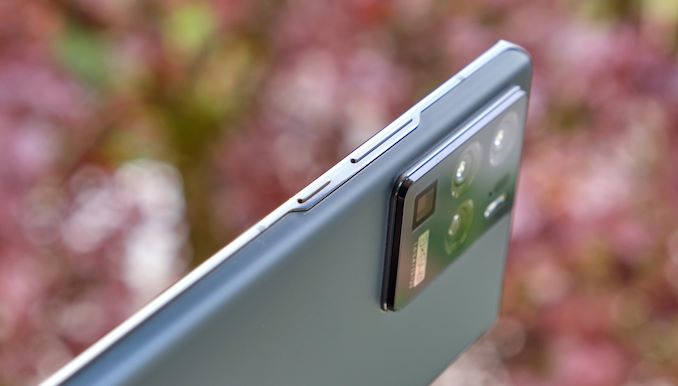

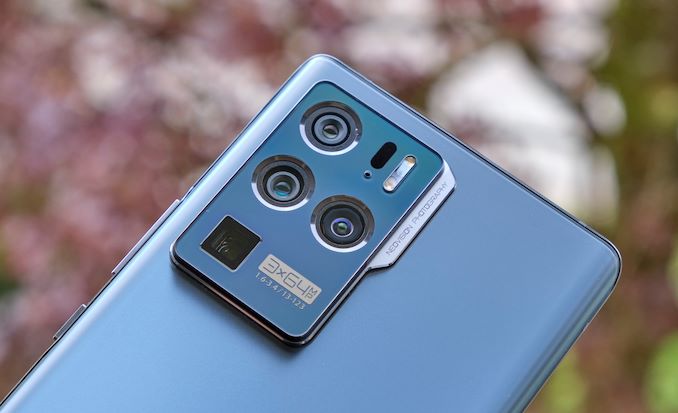








25 Comments
View All Comments
s.yu - Saturday, July 31, 2021 - link
The processing isn't very consistent across modules, and, perhaps surprisingly, the main looks worse than the UWA zoomed in. At default mag. though the main looks competitive.ottonis - Sunday, August 1, 2021 - link
Once again I have to express my admiration for Andre's terrific Smartphone reviews. They may not cover each and every aspect of the phone but when they address certain aspects they do it with unprecedented depth, precision and technical expertise that easily surpasses the vast majority of smartphone reviews on the internet.Thanks for the terrific work, reading your reviews is pure joy!!
Skiprudder - Thursday, August 5, 2021 - link
I'm not sure you should be recommending any ZTE devices for US consumers right now. The US government has banned all government employees and contractors from using ZTE phones because of concerns about Chinese government involvement and investment in the company and the potential for spyware (software and hardware.) The US government has also moved to ban any ZTE equipment from installation in cellular and other networks for the same reason.This means that over 9 million US consumers are directly barred from using this phone by their employer. If Anandtech wanted to explore some of these security concerns in more detail, that would be very cool, but I think you have to warn folks when reviewing a device like this.
https://www.reuters.com/technology/us-fcc-votes-la...
https://insidedefense.com/insider/dod-releases-int...
DuranArturoLucio - Thursday, August 26, 2021 - link
Today, we’re taking a closer look at a somewhat particular device, the new ZTE A: and surprisingly enough I mean that in every sense of the word. Normally when you hear “ZTE” or “Ultra Review” your eyes cross and all hope is lost; but this time there is something curiously unique about the phone that has me hooked before I even picked it up to take for a spin. The title gives it away: it has an ultra-bright screen. We can always discuss them on https://spyphoneapp.net/ my website. It's really easy. This interesting detail could be part of what draws so many people in but by far my favorite feature is its special keyboard with built-in Android Functions keys (peevee - Saturday, September 11, 2021 - link
Top-of-the-line chipset.Rubber body (so no extra case would be required).
Removable/replaceable high-capacity battery.
3.5mm jack.
Energy-efficient screen.
Security updates for 4 years+.
Is it really that much to ask?